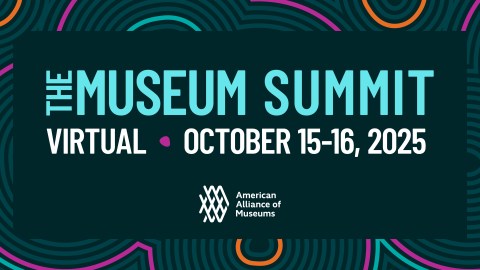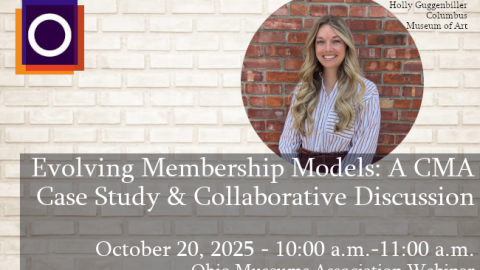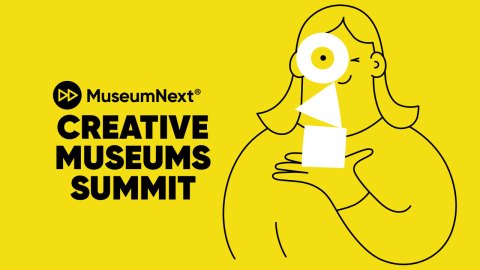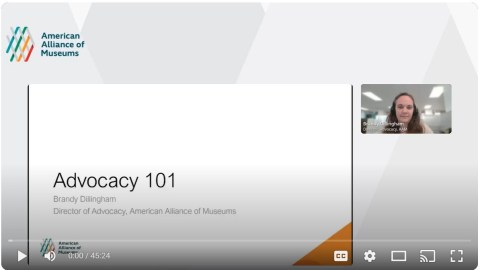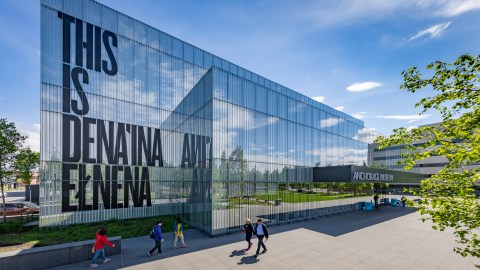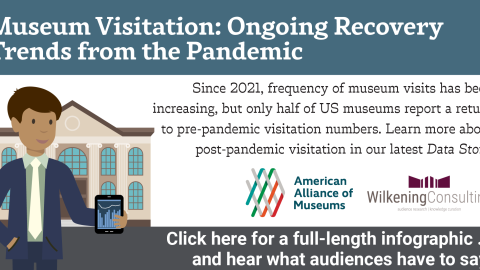Susie Wilkening, Principal of Wilkening Consulting, summarizes her research on adults over the age of 50, what they expect from the museum experience, and how museums can meet their needs.
Transcript
Susie Wilkening: Thanks for inviting me to share research on older adult museum-goers with you. When we think of people from different life stages visiting museums, the older adult life stage is particularly interesting for a couple of reasons. First, the intense engagement among older adults who do visit and that those older adults who visit museums are outliers, and older adults are actually underserved by museums.
To help us think about this audience, we developed a data story in older adults back in 2017. The findings are still relevant today. We’ll add a few comments to bring you up to 2021, including pandemic engagement.
When we think about older adult audiences, we need to think about the motivations they have and the words they use to describe those visits. Words like “enriching” are common, as they talk about the knowledge and beauty museum share, and why they get so much meaning out of their visits.
Older adults do visit museums with their grandchildren, but not most of the time. Instead, the bulk of their visits are with their spouse or partners, or with their friends or adult children. So while we don’t want to ignore grandparent/grandchild visits, we need to understand that older adult engagement is primarily an adult experience, with adult motivations around learning, pursuing interests, and curiosity.
That means they largely visit art and history museums, historic sites, and botanical gardens–museums that tend to serve adult audiences and their interests and intellects effectively. And they say things about the emotional intellectual engagement that make them so important, include things like this comment. “Museums have inspired me to think about people, society, and man’s roles, responsibilities, and opportunities in this world. They have broadened my perspective and introduced me to things I would never have seen, which leads me to grow as a person and connect to other people as a human being. They have given me an opportunity to share experiences with my children, and expose them to new ideas as well. Museums make me happy. They inform, surprise, delight, and inspire.”
No surprise then, these older adults are more likely to be members and to join to support the museums, wanting museums to serve them, their community, and future visitors. That philanthropic motivation means they tend to be long-term members as well.
What you may find surprising is our older adult visitors are outliers. When we look at broader population sampling, we consistently find that older adults are the least likely to have visited any museum in the previous year or two than any other segment. In fact, younger adults are about 50% more likely to have visited a museum in the past two years than an older adult, a finding that we find consistently year after year.
So why does it feel like there are more older adult visitors to museums than younger ones? It’s about frequency. While younger adults are more likely to have visited museums in the first place, they visit less frequently. While the older adults that do visit museums visit more often, and a wider variety of museums. Museums just do a great job of circulating older adults through museums, so the small number of older adults that visit museums feels like a lot bigger segment than they actually are.
So given that the older adults we serve are outliers, that means we actually underserved older adult audiences, and could do a lot more to engage older adults, a major growth opportunity given the increasing numbers of older adults in the future.
So what should we be thinking about for broadening our adult audiences? Multi-generational content that engages older adults and their adult children together, and grandchildren, too. Yes, that’s absolutely going to come into play. An emphasis on how museums encourage health and wellbeing through meaningful content, as well as being increasingly social places, especially during a life stage that can be isolating at times.
Now we also need to consider how the pandemic has affected older adult museum visitation. During 2020, older adults were the most likely audience segment to pull back from museum going entirely, and that makes a lot of sense. But when it comes to virtual engagement, they were the most likely segment of museum goers to participate in virtual programming for museums, and to be repeat participants. Older adults shared with us that virtual content from museums was a lifeline, engaging their hearts and minds when they were isolating at home.
And they also shared that they hoped virtual engagement continued after the pandemic, so that in addition to real life museum visits, they could engage with museums more often from home and receive the mental and emotional benefits of that engagement, especially as they age into physical constraints that may make visiting in person increasingly difficult.
So as you consider ways to engage older audiences, also consider the role virtual programming may play in broadening and deepening your audience of older adults. The infographic I shared with you along with many others can be downloaded from WilkeningConsulting.com. Click on the link for data stories. You’ll find this one at the bottom of the page, and dozens of others to peak your curiosity. Thank you.

